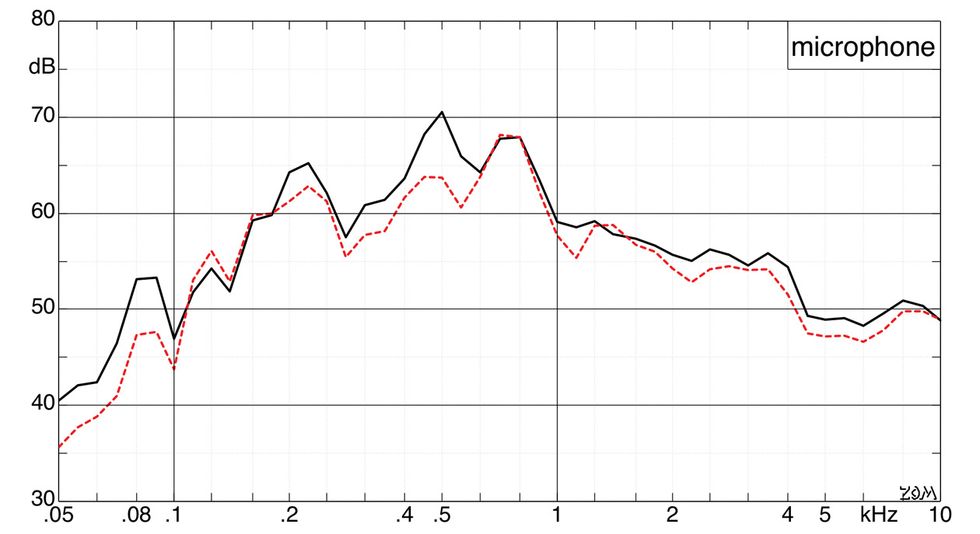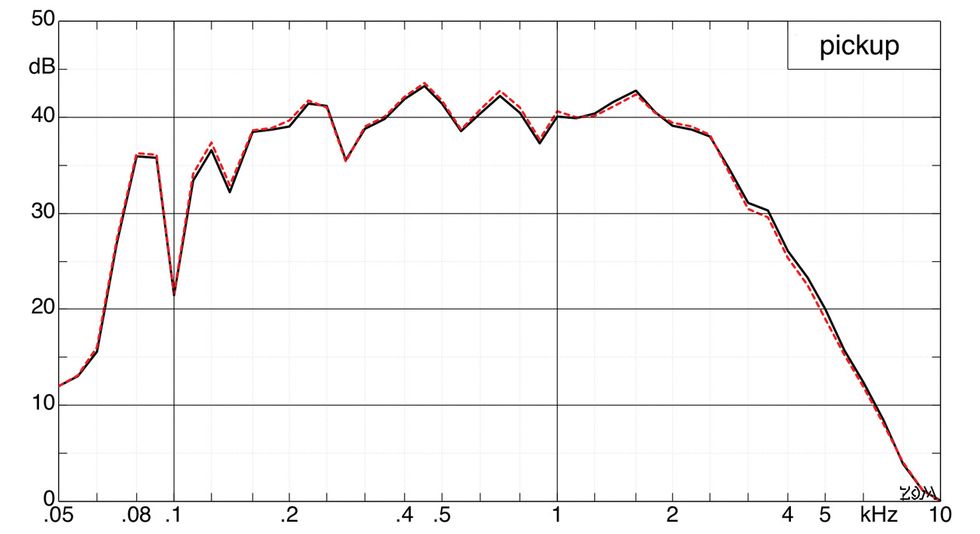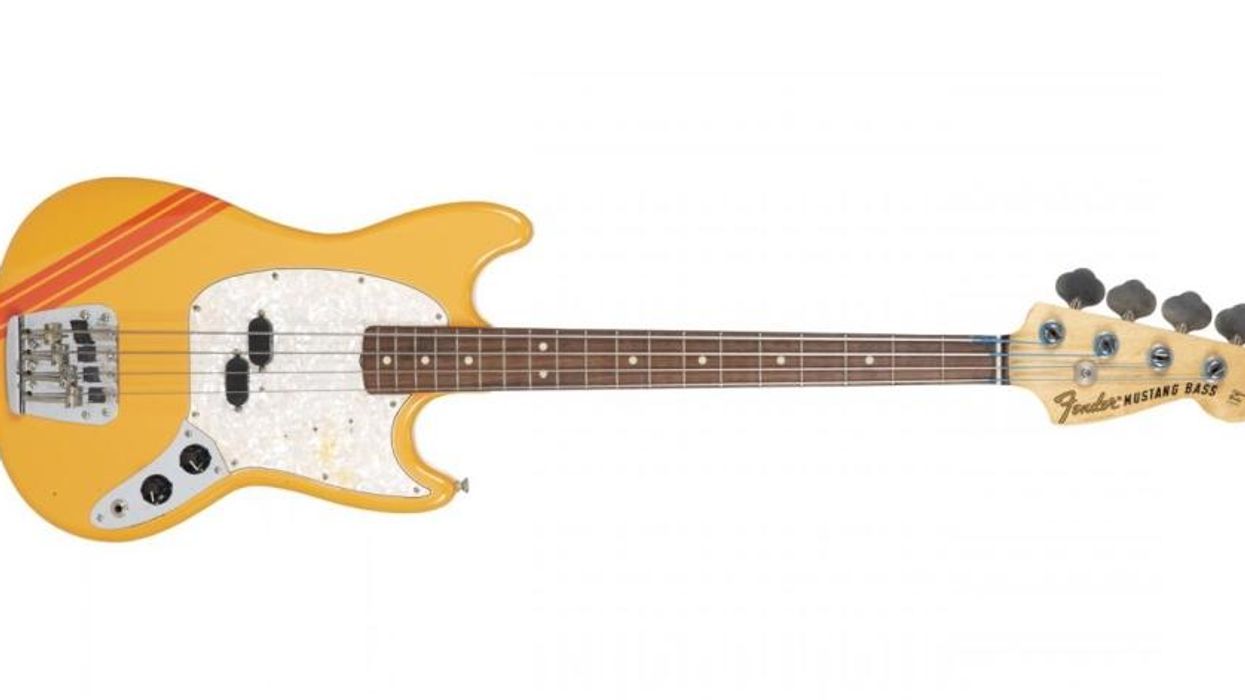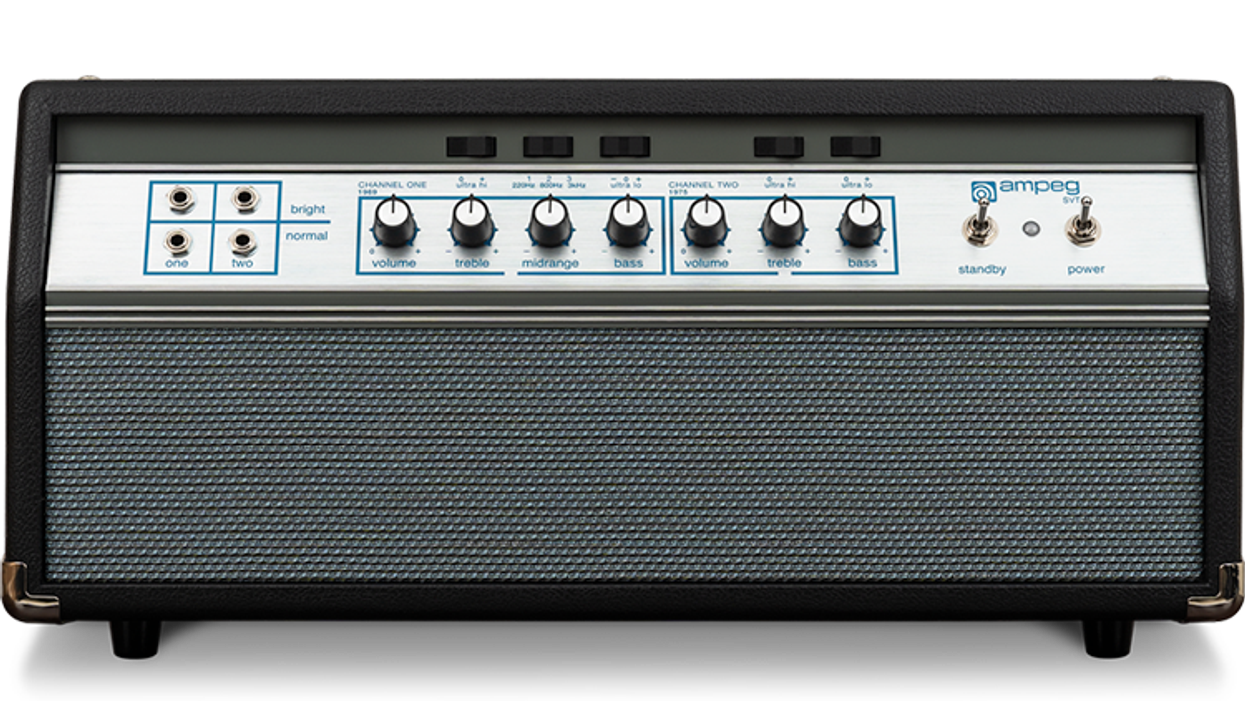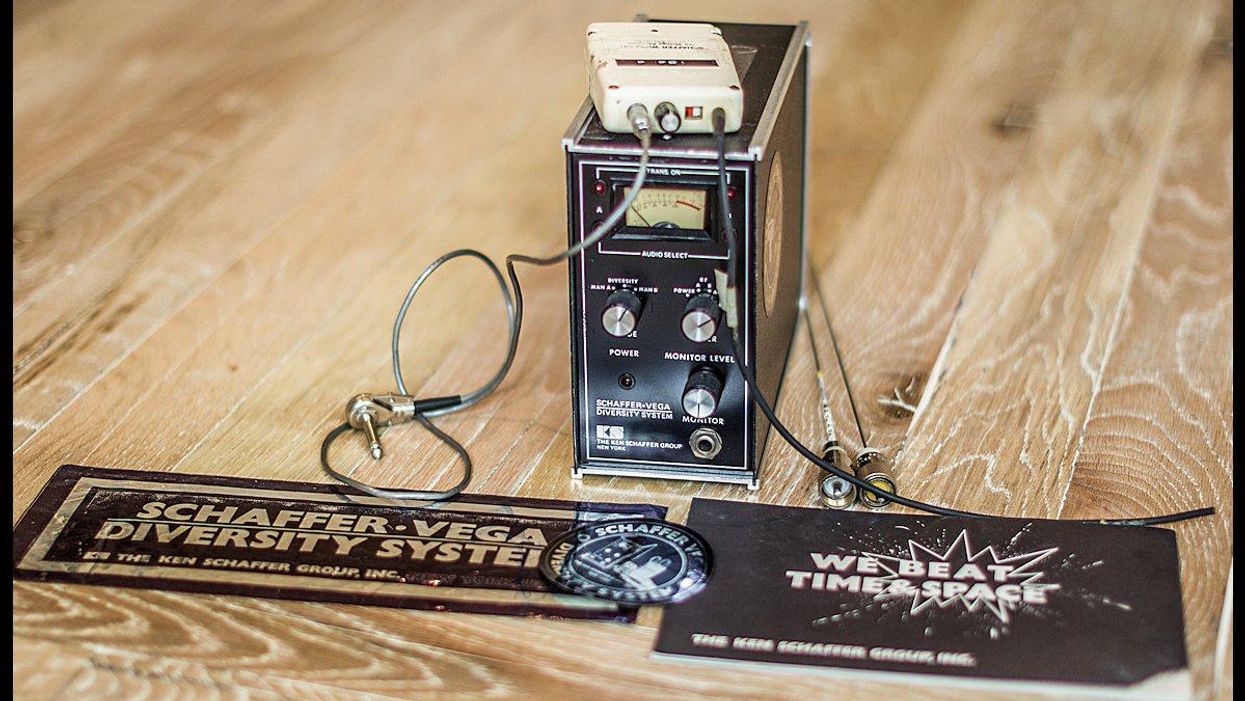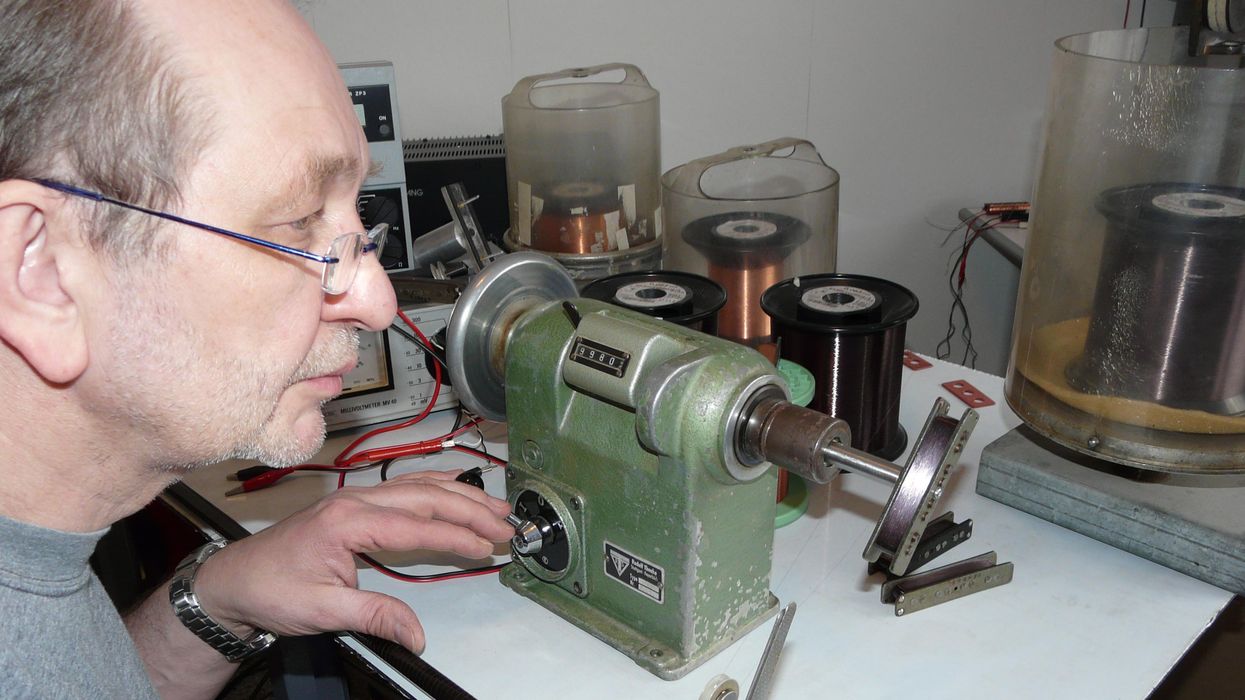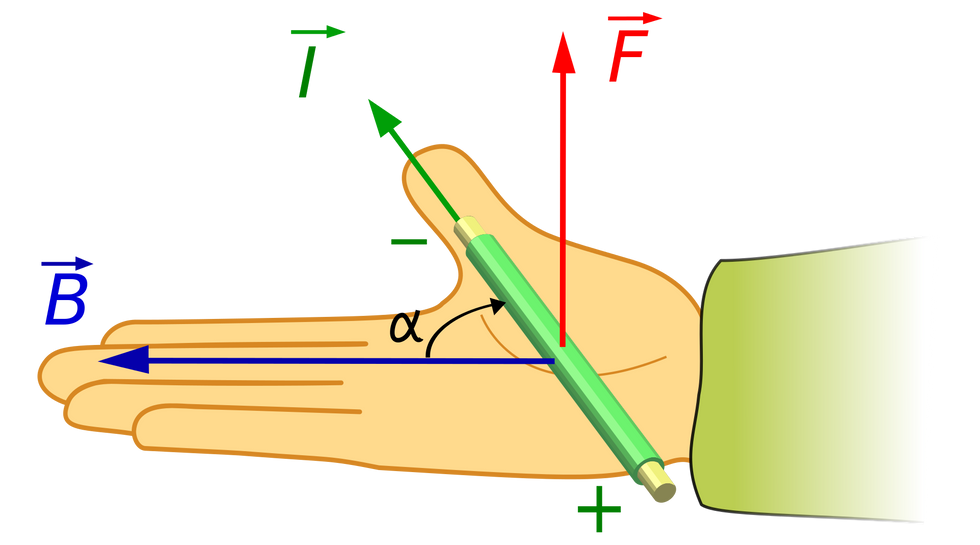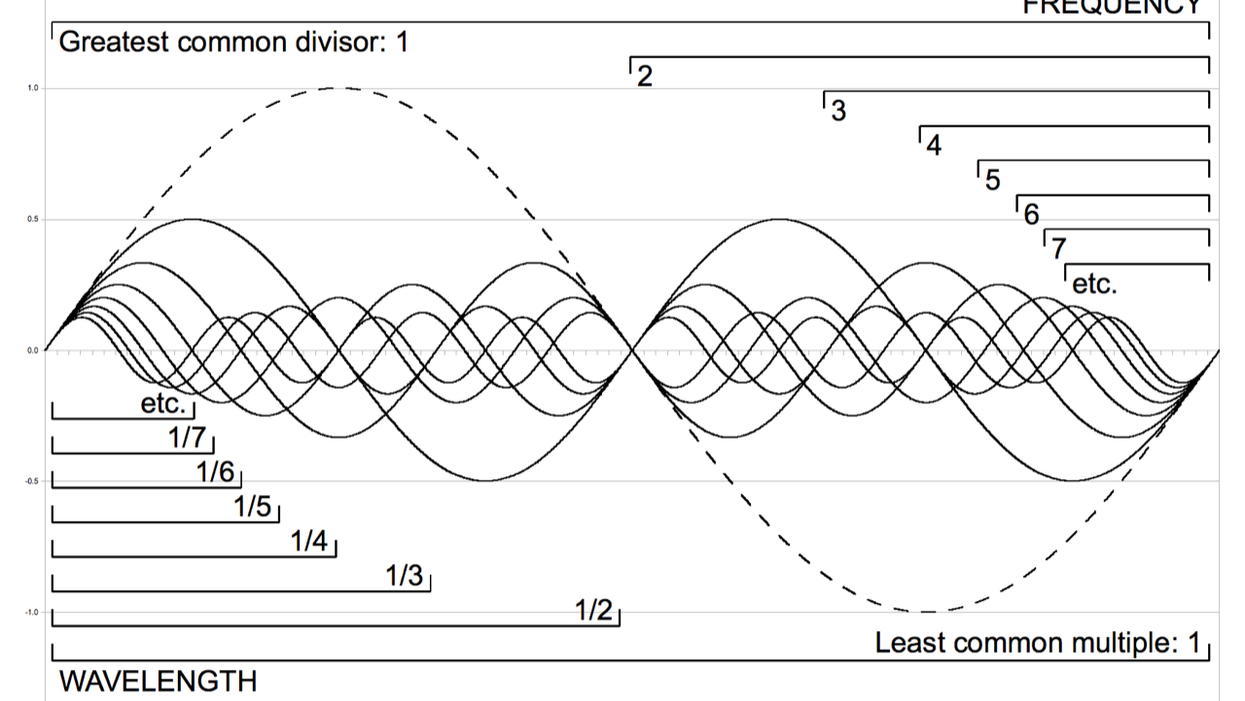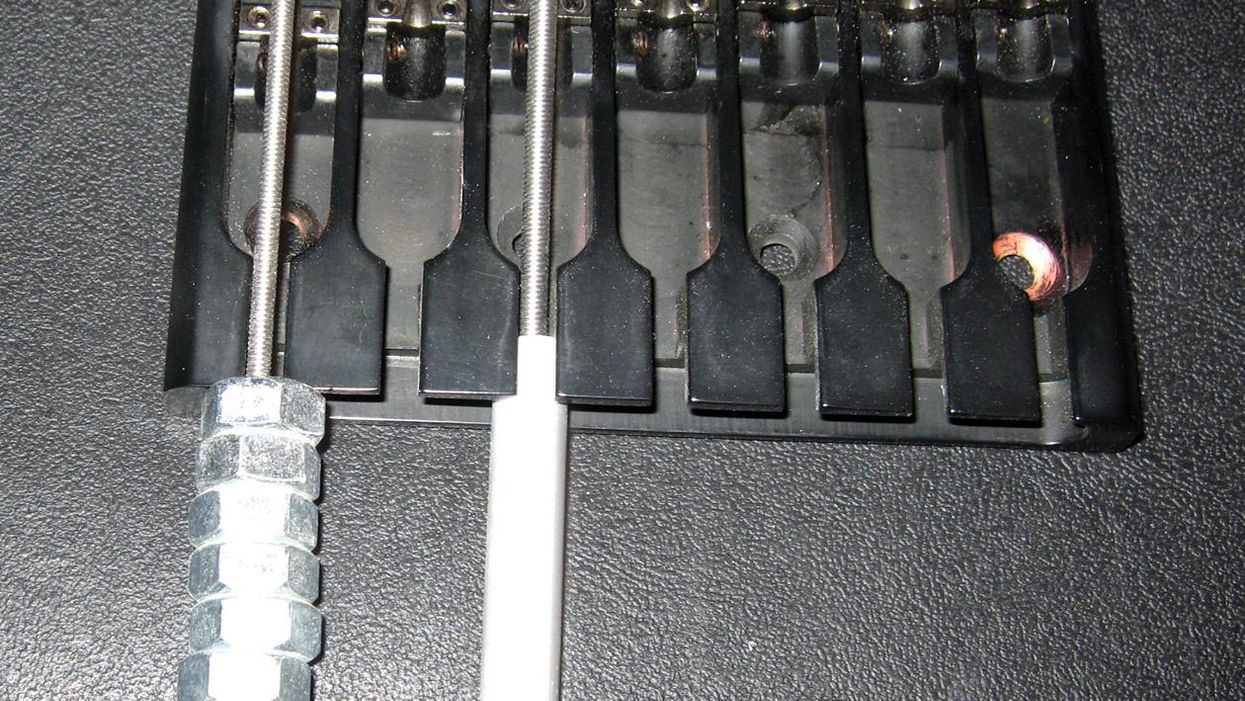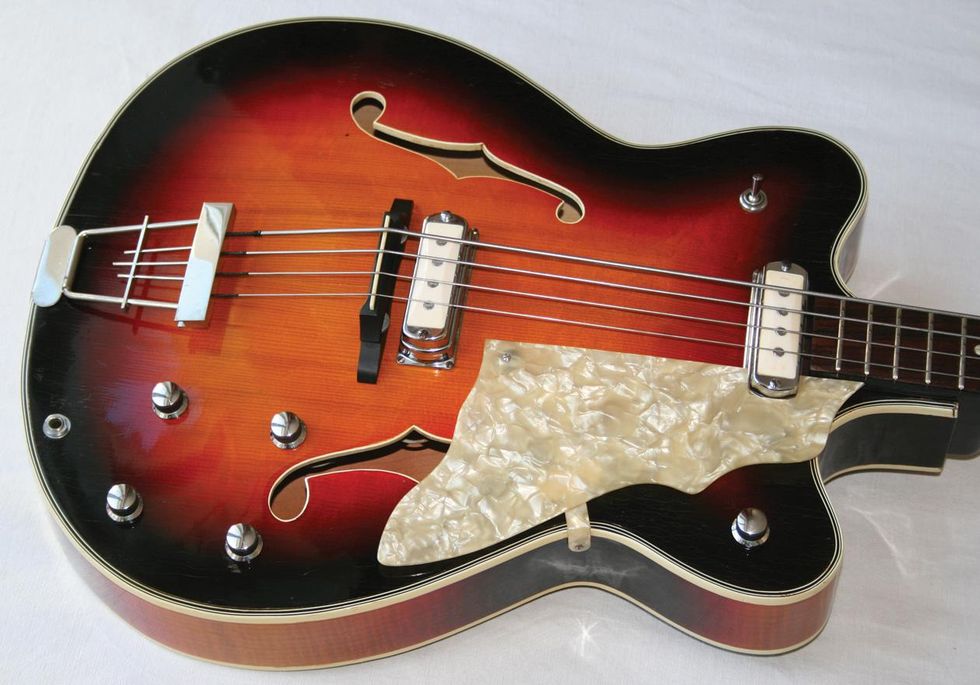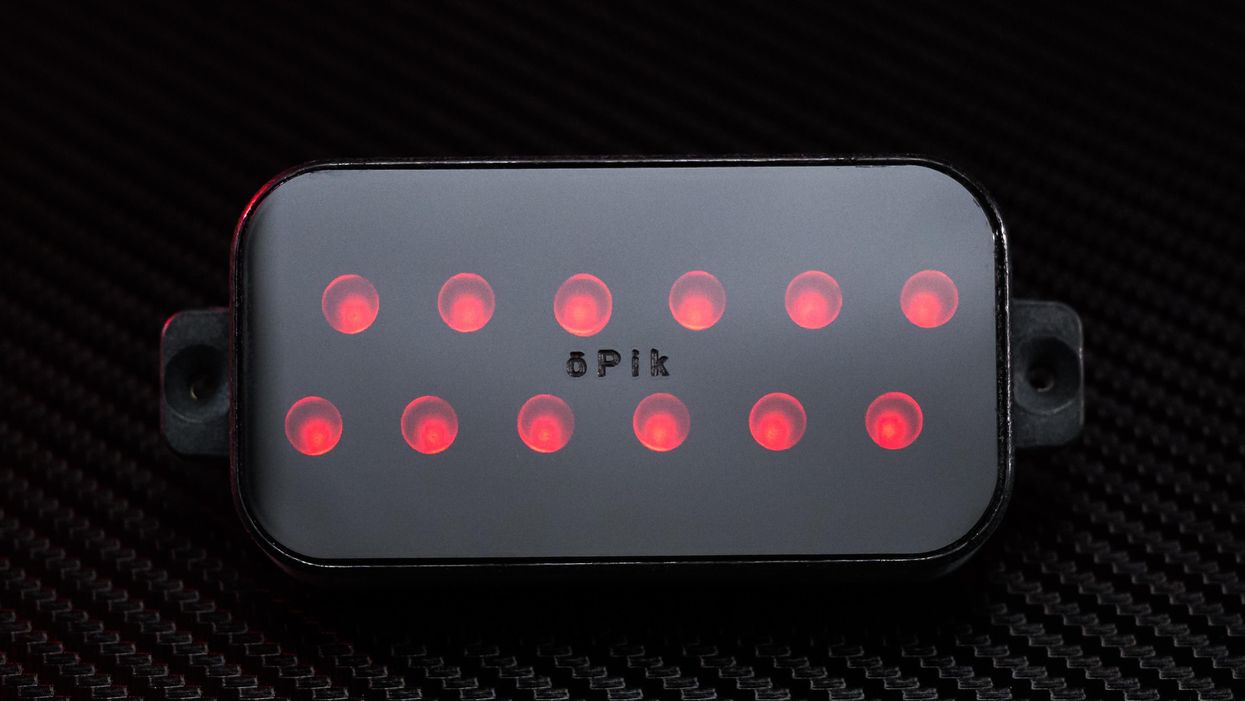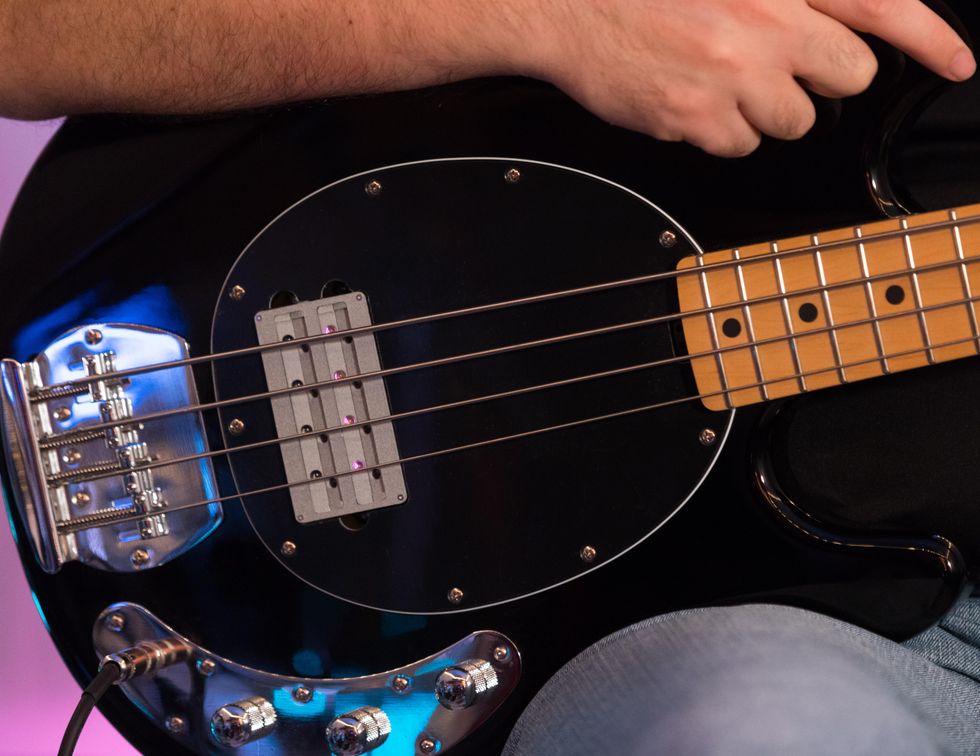It's pretty common to begin assessing an instrument through its acoustic tone, but how much does this really reveal about the instrument's plugged-in tone? You see it often in reviews, where a player starts out by describing the acoustic tone of a soon-to-be-plugged-in instrument and then draws the first conclusions of what to finally expect.
Think about it: Whenever we pick up an instrument, the first thing most of us do is play it acoustically. It makes sense on many levels, since we want to get used to the neck, overall ergonomics, string spacing, and/or whatever else we need to feel at home before we start annoying (entertaining) our neighbors. The sooner we feel at home, the more likely it is that we are going to like its electric tone. But can we really use an instrument's acoustic tone as a tell for its amplified tone? Not so much! And it's not because we aren't yet familiar with its pickups and electronics.
To be clear, we're talking about solidbody instruments—not acoustics—but the lines can be blurred. With an acoustic bass, the final acoustic tone depends solely on moving the top through the vibrations of the string. With a solidbody, however, only a tiny fraction of the strings' movements or vibrational energy is transferred to the body. Hence, the longer sustain of a non-acoustic bass, since a higher portion of the vibration is kept in the strings.
So, what do we hear unplugged and what can affect it? The first thing to consider is your listening position. The airborne sound of a vibrating dipole consisting of the body and the far more influential and resonant neck will heavily depend on where your ears are. Are they in line with the body's surface in a typical player position or bent over the body with your ears almost in front of it? You can easily hear the difference by rotating the instrument's body on your lap.
Often, the impression of an acoustically loud instrument leads to the conclusion of getting a strong, aggressive, impulsive, dynamic—or whatever you want to name it—electric tone. In reality, there are a lot of construction details that blur the categorical split between an electric and acoustic instrument, so be sure to expect differences in the airborne sound. There could be a regular open pickup routing or a more generous routing that's closed with a floppy pickguard and acting as a sort of a tiny speaker. The same thing goes for a chambered body that—depending how it's done—can give us a sort of acoustic touch, sometimes even with its plugged-in tone.
Fig. 2 — The spectrum of the E chord recorded with a guitar's pickup, with (black) and without (red) contact to the box. Graphic courtesy of “Physics of the Electric Guitar" by Dr. Manfred Zollner
Luckily for us, there are measurements that can show how misleading the direct connection of airborne sound and electric tone can be. A repeatedly played E chord on a guitar is recorded with a microphone, and then via the pickup. In each scenario, the sound is captured while the guitar is in contact with a box, and then without. Fig. 1 shows the acoustically noticeable and measurable change in both the midrange loudness and low-end spectrum of an instrument when in touch with the box, which is caused by the extended radiating area of the box. The graph in Fig. 2 shows the measurements when recording the pickup's output signal with and without the box, where you have to look very closely to see any differences at all.
So, none of the acoustically obvious differences made it into the final pickup signal in a way that even an expert's ear would be able to distinguish. And if attaching a box to a body doesn't alter the electric tone, this gives us a hint of how influential the body wood is, but that's another story for another time.
There are a lot of emotions involved when playing an instrument, so there are surely some qualities one might rediscover in an guitar's plugged-in tone that relate to its acoustic tone. Maybe it's how it inspires you to play in a certain way, how it reacts to bending or different playing styles, or maybe even some of its dynamics. But it's almost impossible to fairly judge an instrument's so-called primary tonal character by just its acoustic tone.


